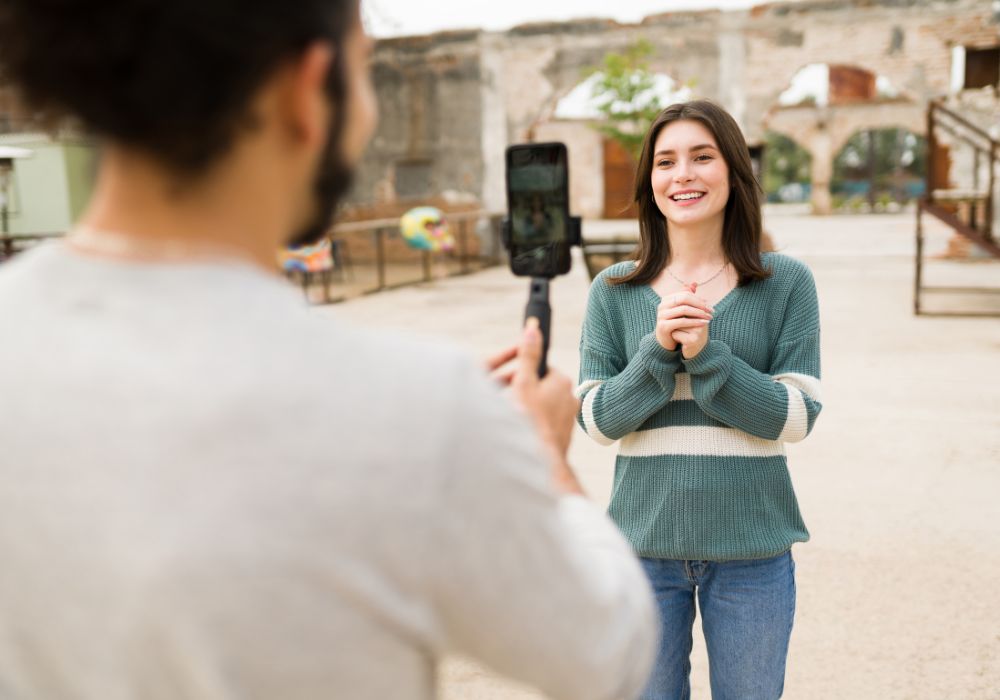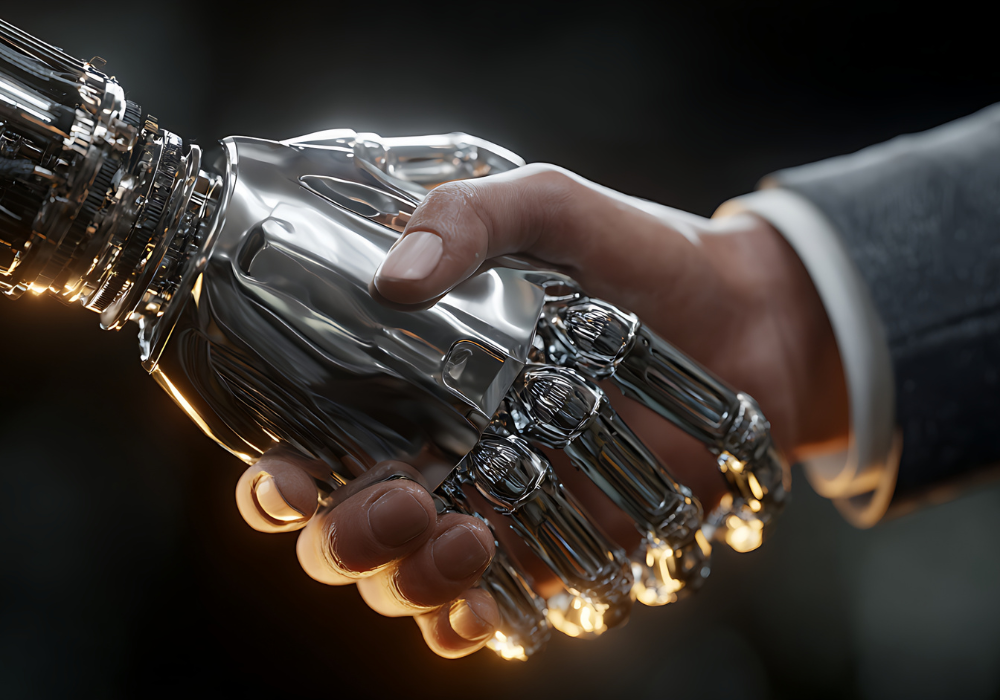Social media is no longer just a place to connect, entertain, or build brand awareness — it has become a powerful sales engine. As we approach 2026, social commerce is redefining how consumers discover, evaluate, and purchase products online. The combination of short-form video and live shopping experiences is transforming platforms like TikTok, Instagram, and YouTube into full-fledged eCommerce ecosystems.

In this article, we’ll explore how social commerce 2026 is evolving, why short-form video and live shopping are driving massive growth, and how businesses can adapt their eCommerce strategies to stay competitive in this rapidly changing digital landscape.
continue reading




